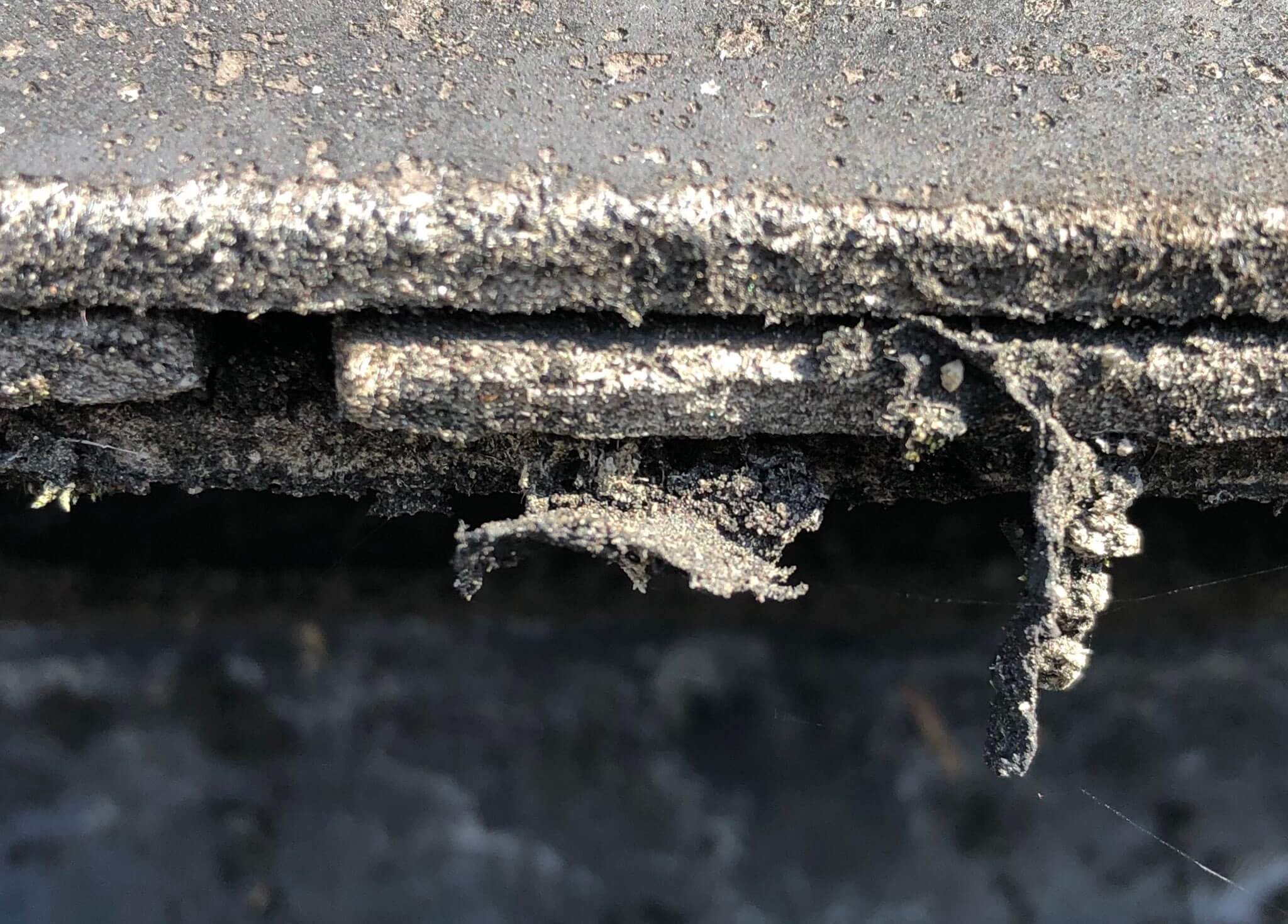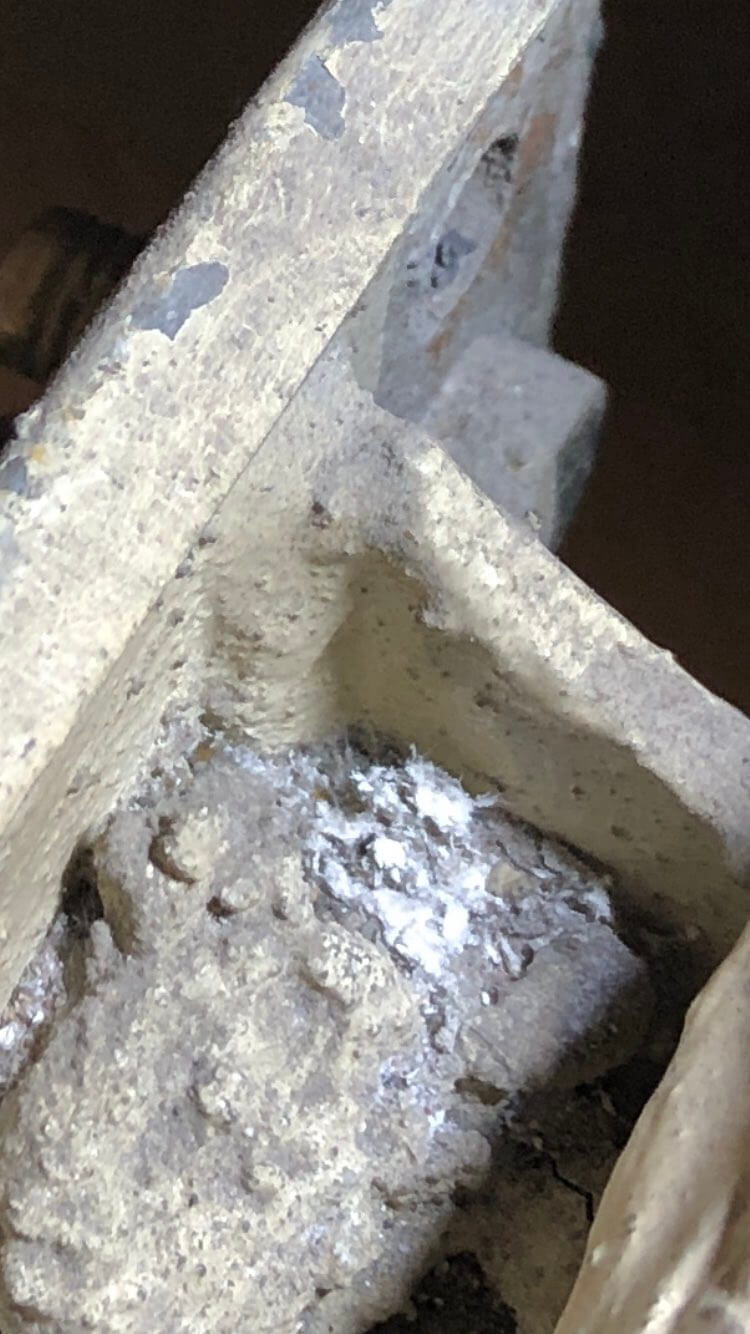Asbestos Environmental Pollution: Understanding the Risks
The issue of asbestos environmental pollution is a major concern that has a significant impact on our air, water, and the built environment.
In this article, we will explore different aspects of asbestos environmental pollution, such as where it comes from, the dangers it poses, and potential solutions to address this issue.
Discover the significant risks linked to asbestos exposure and understand the crucial role of employing appropriate surveying, management and remediation techniques. Let’s delve into the ways we can tackle this issue in order to foster a healthier environment for everyone involved.
What is Asbestos Environmental Pollution?
Asbestos, which is a collection of minerals found naturally, was widely utilised in the construction and manufacturing sectors due to its exceptional ability to withstand high temperatures and its long-lasting nature. Asbestos environmental pollution occurs when asbestos fibres are found in the natural environment as a result of human activities, such as mining, manufacturing, and improper disposal. These microscopic fibres can easily become airborne (or water borne), posing a significant risk to human health.

Weathered asbestos roof tiles – these can be a source of pollution for the environment
Asbestos Exposure: A Closer Look at the Risks
Being exposed to asbestos fibres can have serious consequences for your health. It can lead to various lung diseases like asbestosis, lung cancer, and mesothelioma. Therefore, It is crucial to prioritise early prevention as these diseases can often develop years after being exposed to asbestos.
Second hand Exposure
Even individuals who aren’t directly involved in industries using asbestos can be at risk due to second hand exposure. Workers inadvertently bring asbestos fibres home on their clothing or equipment, endangering their families.
Sources of asbestos environmental pollution
Asbestos environmental pollution can come from different sources, such as buildings with deteriorating asbestos-containing materials, industrial activities, and even natural deposits. When older structures undergo renovation or demolition, it can result in the release of these fibres into the air, which adds to the existing pollution. The mining of asbestos uses explosives in open cast environments. This can lead to fibre release which is moved around the planet by global weather systems.

The area of Armley near Leeds where it is said that thousands of homes are contaminated with asbestos dust
Asbestos Pollution – The Impact on Air Quality
Inhaling airborne asbestos fibres can pose a risk to our respiratory health, potentially causing various respiratory diseases. The fibres are microscopic and can stay in the air for a long time, which raises the chances of both humans and even animals being exposed to them.
Water Sources Contamination
Water sources are also impacted by asbestos environmental pollution, as the fibres have the ability to enter rivers, lakes, and groundwater. The presence of this contamination has the potential to cause harm to aquatic life and can also have a negative impact on the quality of drinking water. Many ageing infrastructure systems which move our drinking water around are made from asbestos cement pipes. Whilst the general medical consensus is that this does not pose an issue to human health there is a body of evidence which suggests there may be some small link between asbestos pipes, drinking water and ingestion.
The presence of asbestos in soil caused by pollution
The presence of asbestos fibres in soil can occur through deposition or runoff, which can have an impact on the quality of the soil and potentially enter the food chain. Consumers may be at risk if crops grown in contaminated soil absorb these fibres. However studies in this area are sparse and the body of evidence extremely thin. This could be around natural ‘run off’ or around asbestos deposits from remediated asbestos which has been buried.
Identifying and testing for asbestos
Identifying the presence of asbestos in materials or the environment is crucial, and professional testing plays a vital role in this process. Advanced techniques are employed by specialised laboratories to ensure accurate analysis of samples.

Asbestos debris following recent removal works on a building
Regulatory measures and asbestos bans
In order to tackle the issue of asbestos environmental pollution, numerous countries have put in place regulations that limit its usage in various products and construction activities. Due to its hazardous nature, some countries have gone as far as implementing complete bans on asbestos, such as here in the UK, where the use and importation of asbestos has been banned since November 1999.
The Control of Asbestos Regulations 2012
(CAR 2012) are a set of regulations that govern the control and management of asbestos. The regulation serves as the primary framework for effectively managing the risks related to asbestos in both non-domestic premises and the shared areas of residential properties. The guidelines encompass the necessary steps for identifying, evaluating, and handling materials that contain asbestos (ACMs). The CAR 2012 also specifies the obligations of different parties involved, including building owners, employers, and individuals responsible for maintenance and repair.
Effective Asbestos Remediation Strategies
Remediation is the process of safely removing or encapsulating materials that contain asbestos in order to prevent the release of asbestos fibres. To ensure safe removal and disposal, trained, licensed professionals adhere to strict protocols.
The Comparison between Asbestos Encapsulation and Removal
Encapsulation is a process that involves sealing asbestos materials to prevent the release of fibres, whereas removal physically eliminates the materials. The decision will vary based on factors such as the condition of the materials and the specific location.
Professional Asbestos Removal Services
It is essential to hire professionals who have been trained or are specifically licensed in asbestos removal, to ensure a safe process. They have the required knowledge, tools, and safety equipment to reduce the chances of being exposed to any risks.
Asbestos Awareness and Education
It is crucial to raise public awareness about the risks associated with asbestos. Education plays a crucial role in empowering individuals to make well-informed decisions, particularly when it comes to home renovations or repairs.
The Future of Asbestos Environmental Pollution
Ongoing efforts are being made to address asbestos environmental pollution by utilising technological advancements around disposal, implementing stricter regulations and promoting the use of safer alternatives in construction and manufacturing.
FAQs – Asbestos Environmental Pollution
Q: Is asbestos still being used in products nowadays?
A: Yes, (Not in the UK) globally many countries still mine and manufacture asbestos containing materials ACM’s. However, it is also possible that many older buildings still have asbestos materials present.
Q: Is it possible for me to personally test my home for asbestos?
A: It is highly recommended to hire professionals for asbestos testing because they are trained to follow the necessary protocols to collect samples in a safe and accurate manner.
Q: How do I know if I’ve been exposed to asbestos?
A: If you believe that you may have been exposed to asbestos as a result of environmental pollution, it is important to seek advice from a healthcare professional. Health risks can be assessed through tests and evaluations conducted by them.
Q: What should I do if I find asbestos in my home?
A: We would recommend reaching out to professionals (such as the team here at RB asbestos Consultants) who have been trained in asbestos surveying and asbestos management. They will be able to assess the situation and provide you with recommendations on the appropriate remediation measures to take.
Q: Is asbestos always considered to be dangerous?
A: The danger of asbestos arises when its fibres are released into the air and subsequently inhaled by individuals. Ensuring proper containment or removal is crucial in order to prevent any potential exposure. Asbestos is still the number one occupational cause of death in the UK and globally.
Q: Is it possible to remediate soil contaminated with asbestos?
A: Indeed, there are specialised techniques that can be employed to remediate soil that has been contaminated with asbestos. These techniques are designed to effectively minimise the associated environmental and health risks. Always seek advice in relation to any potential ground contamination from asbestos.
Conclusion – Asbestos Environmental Pollution
In conclusion, it is clear that asbestos environmental pollution continues to be a significant problem that has wide-ranging consequences. By gaining an understanding of the potential dangers and actively implementing preventive measures, we have the ability to establish a safer and more sustainable environment for both present and future generations.
By promoting awareness, providing education, and implementing effective remediation measures, we can create a future where the dangers associated with asbestos are eliminated or at least reduced as much as possible.
Need asbestos advice?
We hope you found our article on asbestos environmental pollution both useful and informative. If you need any help or advice at all with any aspect of asbestos then we’ll be very happy to assist you. Give us a call and our experts will give you some advice and guidance on whatever if is you’re concerned about.
Please contact us on 0800 141 2676, email us at info@rbasbestos.co.uk or fill in the form below.
Our professional asbestos surveyors conduct asbestos inspections and asbestos surveys every day across the UK on all types of properties, both residential and commercial, for private home owners and commercial property Managers and owners. So when it comes to managing asbestos in your property, you’re in very safe hands with RB Asbestos Consultants.

